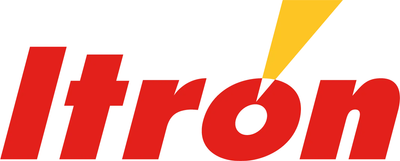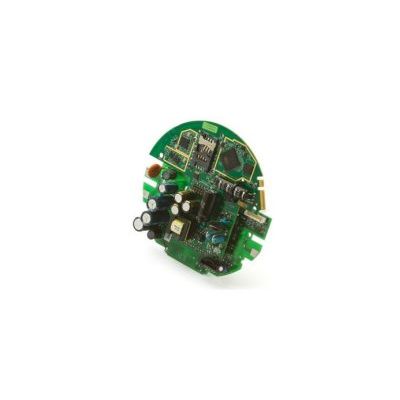


Itron - Model DERMS - Distributed Energy Resource Management System
Itron’s DERMS enhances grid resilience by pinpointing distributed energy resource (DER) locations, sensing local grid conditions and offering control.
Itron’s DERMS brings together the industry’s broadest ecosystem of flexible loads—from load control switches and smart thermostats to batteries and electric vehicles—and integrates grid edge intelligence to deliver a wide range of DER-based grid services, including economic dispatch, non-wires alternatives, local grid balancing and decarbonization.
-
Distributed intelligence used in conjunction with Itron DERMS solution, brings real-time visibility, awareness and automation to the grid edge.
-
Targeted grid management that combines location-specific load forecasting with advanced DER management, incorporating new assets with existing smart thermostats and load control switch programs in new and impactful ways.
-
Asset protection to help manage peak loads and defer infrastructure investment through more intelligent utilization of the existing distribution grid.
A key attribute of any DERMS solution is flexibility and scale. Whether you want to modernize load control programs, enable faster adoption of EVs, aggregate batteries as a VPP—or any combination of these—our DERMS platform is modular so you can add functionality as your use cases grow and evolve.
Bringing it all together
The integration of distributed energy resources introduces complex, diverse connectivity options and usage scenarios to the distribution grid. Addressing the effects of EVs, fluctuating renewables, and battery storage requires smart coordination. Additionally, incorporating traditional loads into a comprehensive portfolio is crucial for sustained success in energy programs. This approach balances innovation with reliability, ensuring a reliable and adaptable energy network.
DER adoption is growing exponentially. Utilities are rethinking power procurement and grid operations in preparation for continued rapid growth along with adopting an array of new and fundamentally different technologies that are altering the utility-customer relationship.


